How do I manage leash reactivity in my dog?
By Dorothée Pâris Pasturel • 10 December 2024
Walking your dog should be an enjoyable experience for you and your furry friend. However, when a dog acts aggressively towards other dogs, it can turn a pleasant outing into a difficult and potentially dangerous situation. Understanding the causes and employing effective management strategies are essential to ensuring a positive walking experience.
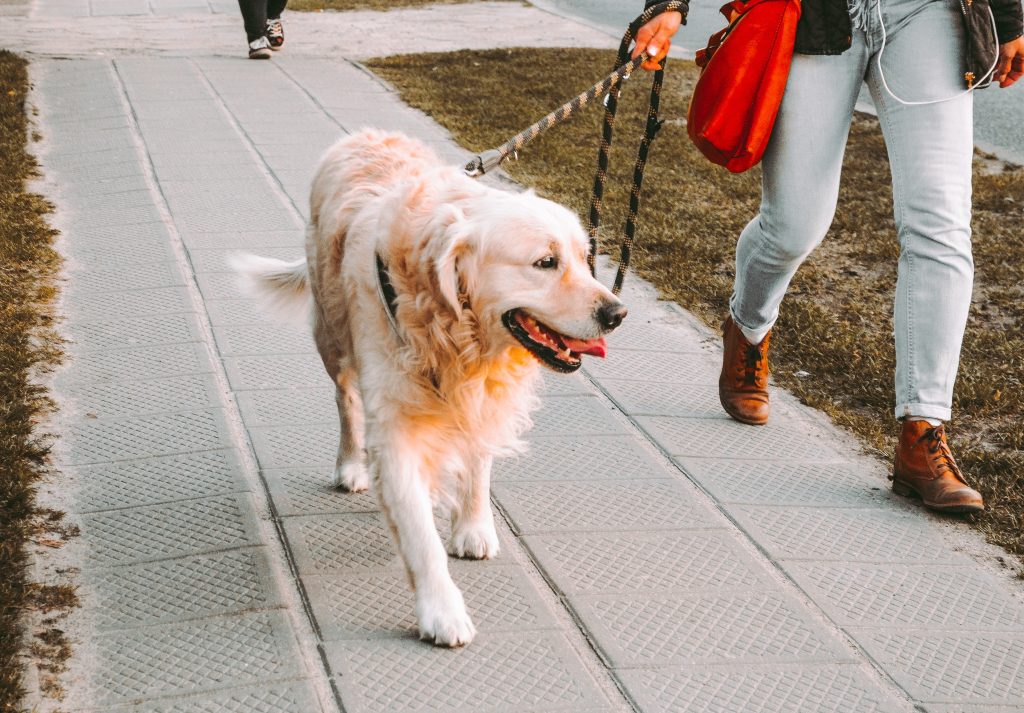
Understanding Leash Reactivity
Leash reactivity is often the result of fear, anxiety, or frustration in dogs. When they feel restrained by a leash, it can trigger defensive behaviors. Additionally, negative past experiences, lack of socialization, or territorial instincts can contribute to leash reactivity. Recognizing the underlying causes is the first step in addressing this issue.
Good socialization
Proper socialization plays an important role in preventing leash aggression. If you have a puppy, start by exposing your dog to different environments, people, and animals from a young age. The positive interactions during these experiences will help your dog develop social skills and build confidence.
Progressive desensitization
Desensitization involves gradually exposing your dog to stimuli that trigger aggressive behavior in a controlled and positive manner. In cases of reactivity, this may mean distancing yourself from other dogs (before the dog reacts) and rewarding calm behavior. As your dog becomes more comfortable, gradually reduce the distance between him and other dogs. This process should be slow and gradual, at the dog’s pace, so that he associates positive experiences with the presence of other dogs.
Using positive reinforcement
Reward your dog with treats when he exhibits calm behavior on leash. By reinforcing positive actions, you can distract your dog from what is stressing him out and encourage him to associate other dogs with positive experiences.
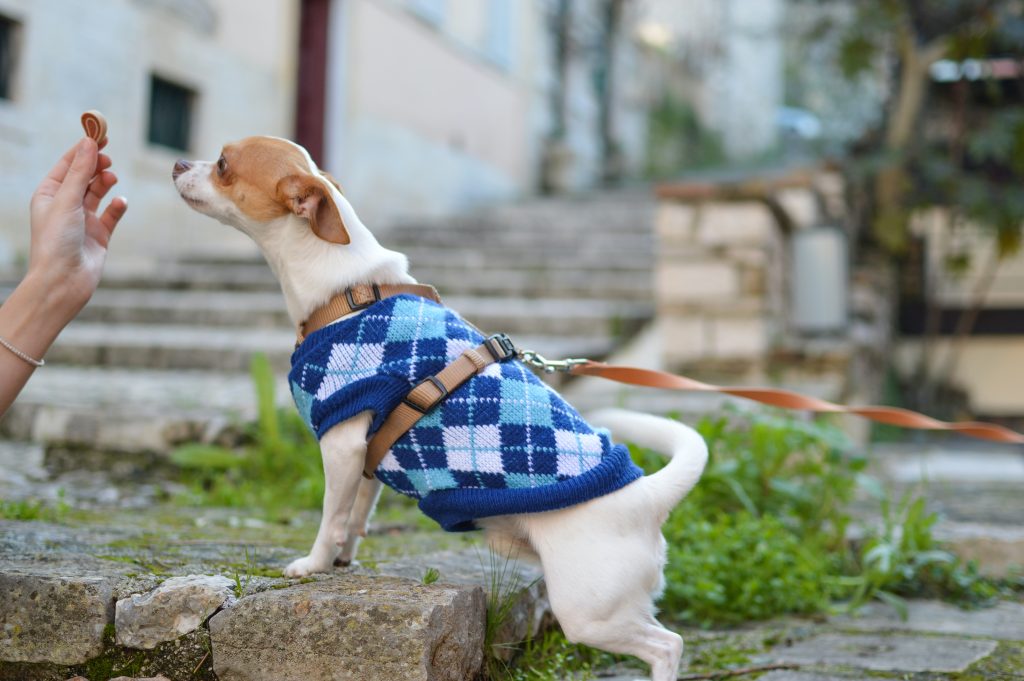
The key is positive reinforcement and gradual desensitization.
Maintain a distance
When managing leash reactivity, it is essential to be proactive. If you see another dog approaching, immediately create distance between them and your dog. Crossing the street or changing directions can help avoid confrontations. This not only prevents negative encounters, but also allows you to maintain control over your dog’s behavior.
Implementation of calming techniques
Practice commands such as “sit” or “stay” during walks. These commands redirect his attention and help him stay calm around other dogs. Be careful, though: if the dog is fear-reactive, asking for a sit/stay while a dog is walking by may increase his anxiety. Instead, he can be recalled and rewarded in the presence of dogs or humans at a comfortable distance.
Seek professional help
If leash reactivity persists despite your efforts, seek help from a dog trainer. They can provide personalized advice, assess the specific triggers for your dog’s reactivity, and implement a tailored action plan.
Check this page to find a good educator: https://rqiec.com/
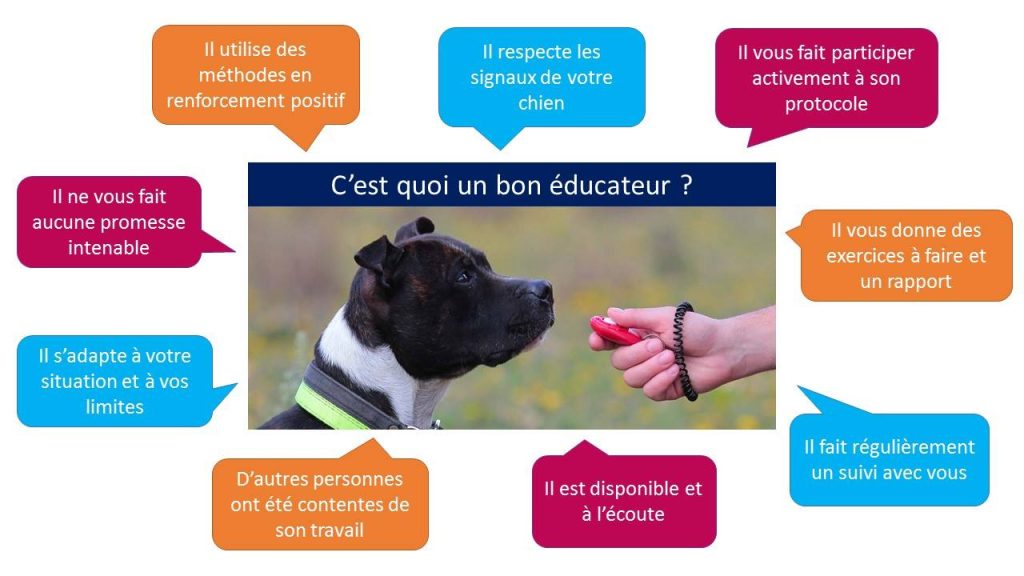
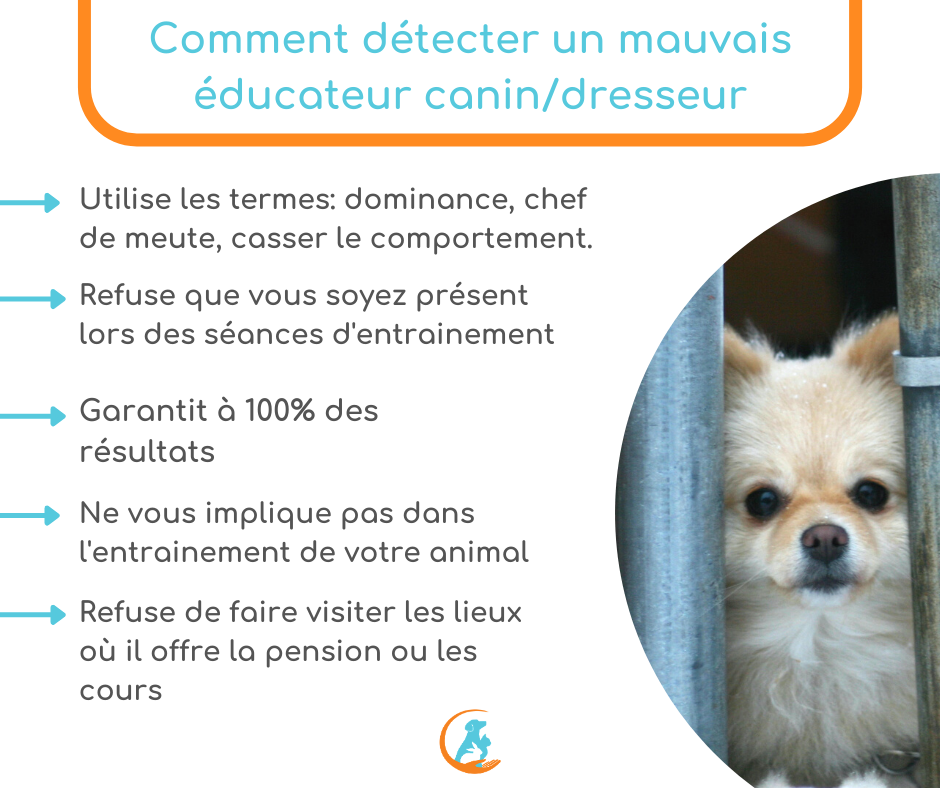
Use of tools and equipment
Consider using tools and equipment designed to manage reactivity. A front-attachment harness can give you more control over your dog’s movements, making it harder to pull forward. A muzzle, also introduced gradually, can be a good preventative tool. However, these tools should be used as aids, not substitutes for behavioral intervention.
Remember that every dog is unique and what works for one may not work for another. Tailor your approach to your dog’s specific needs and, with time and dedication, you can help him build positive associations with his canine counterparts.


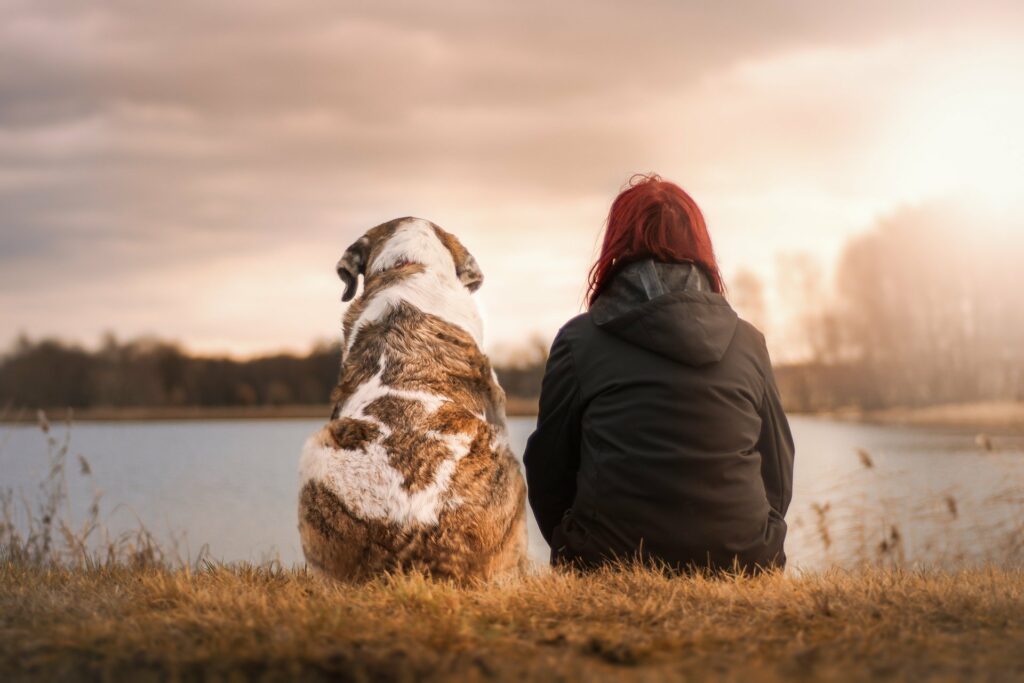
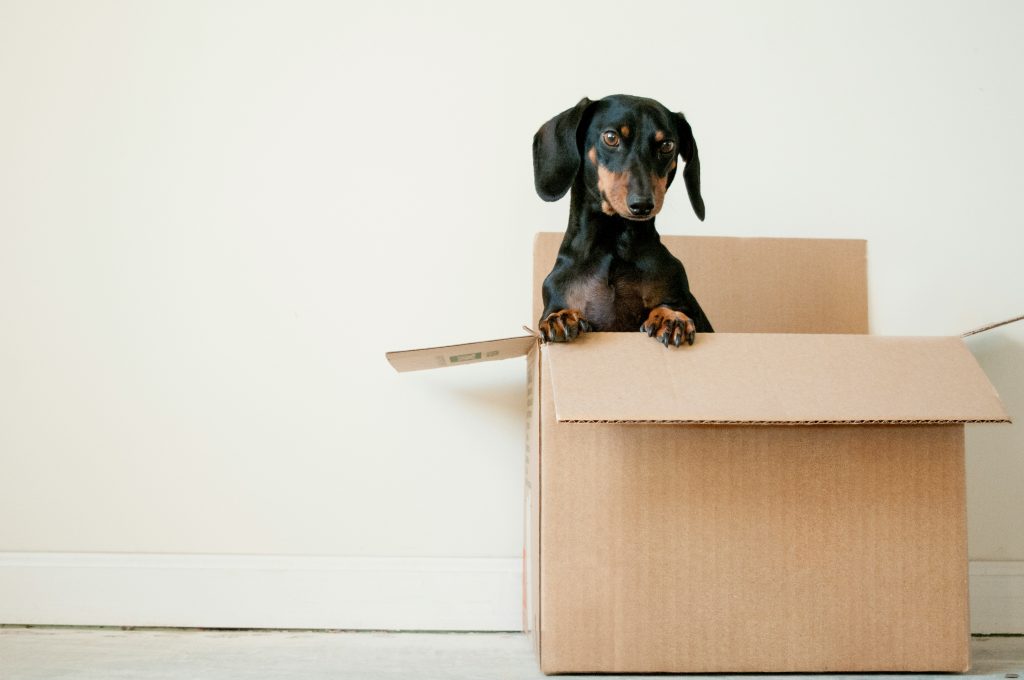

Leave a Reply